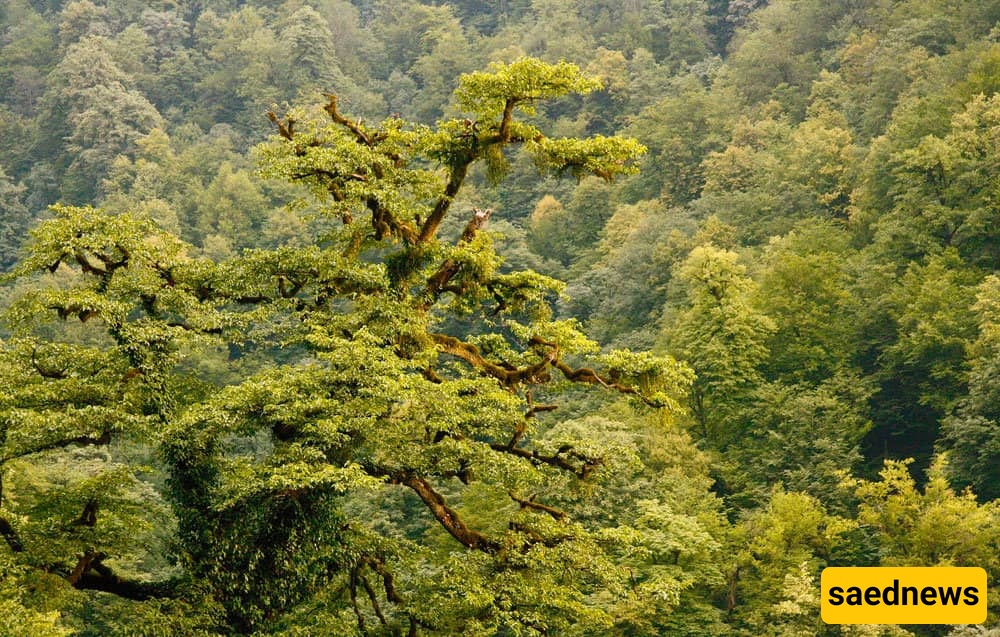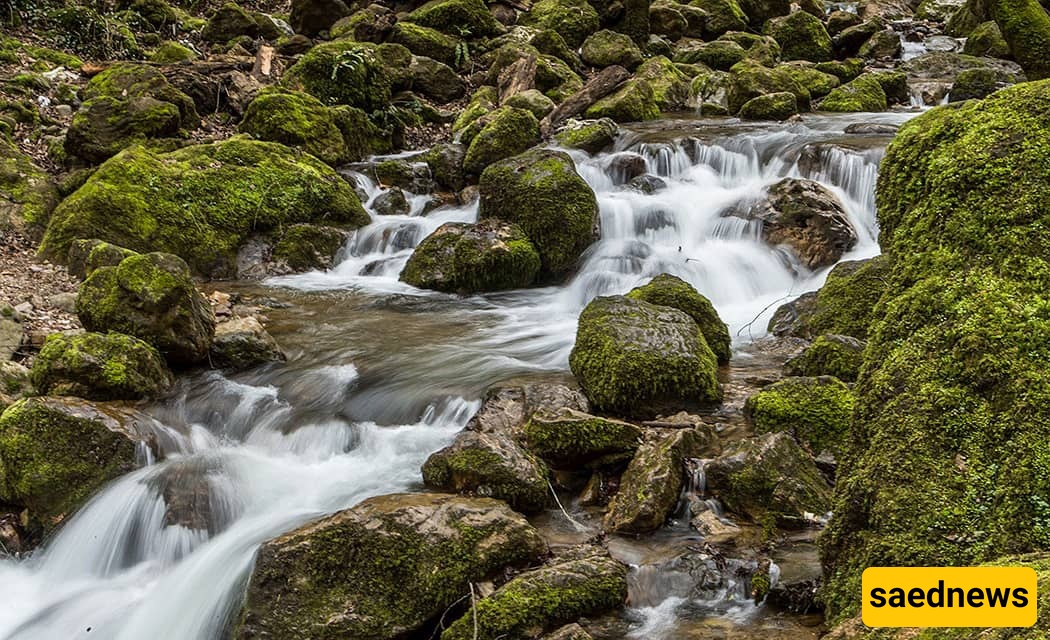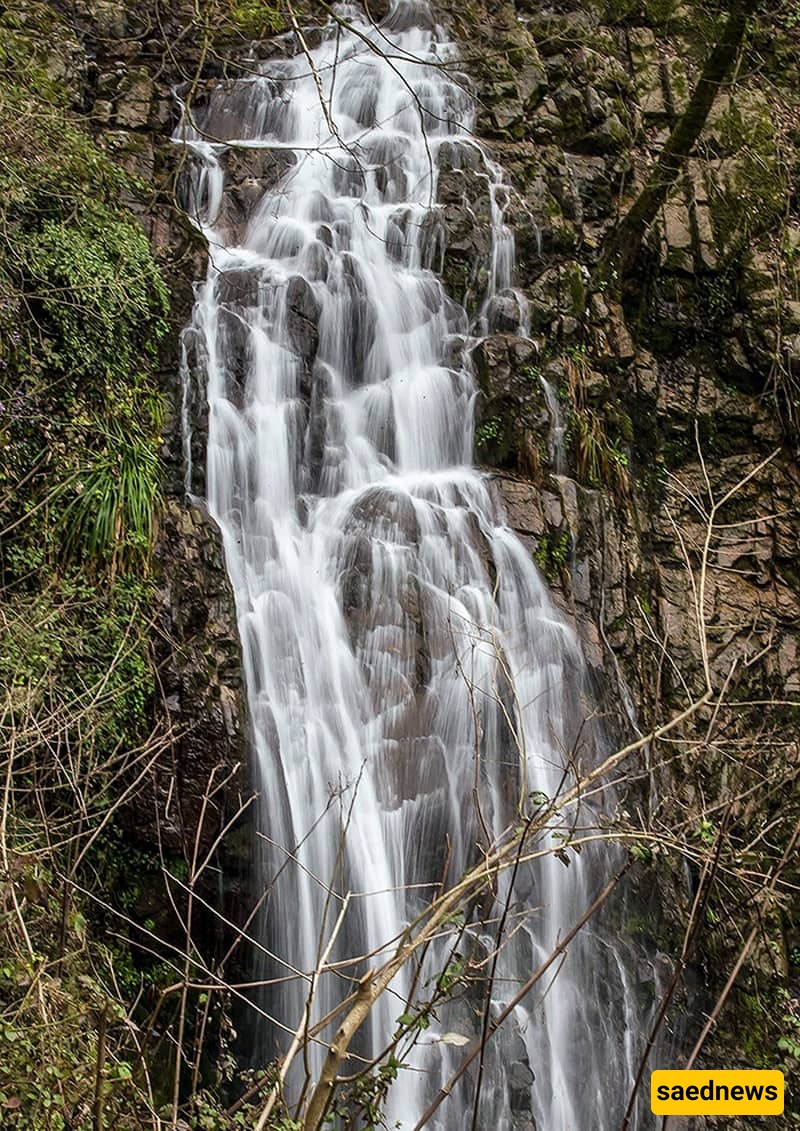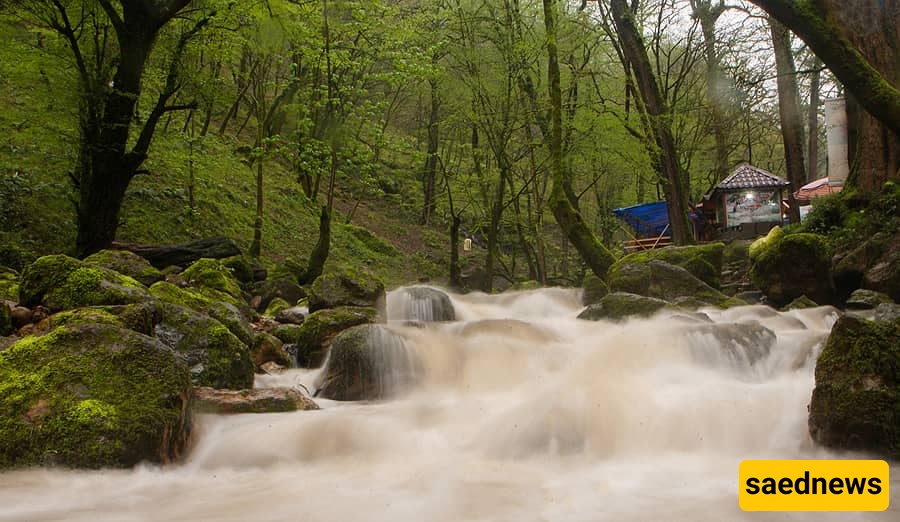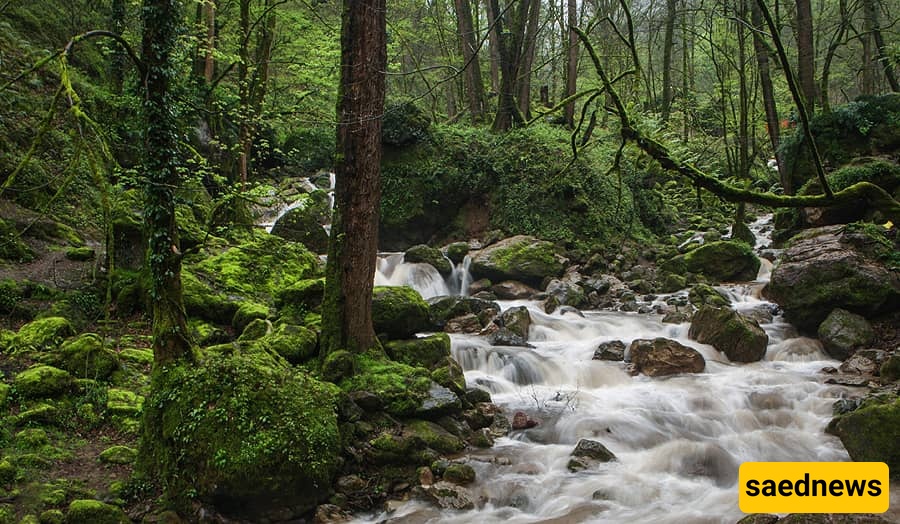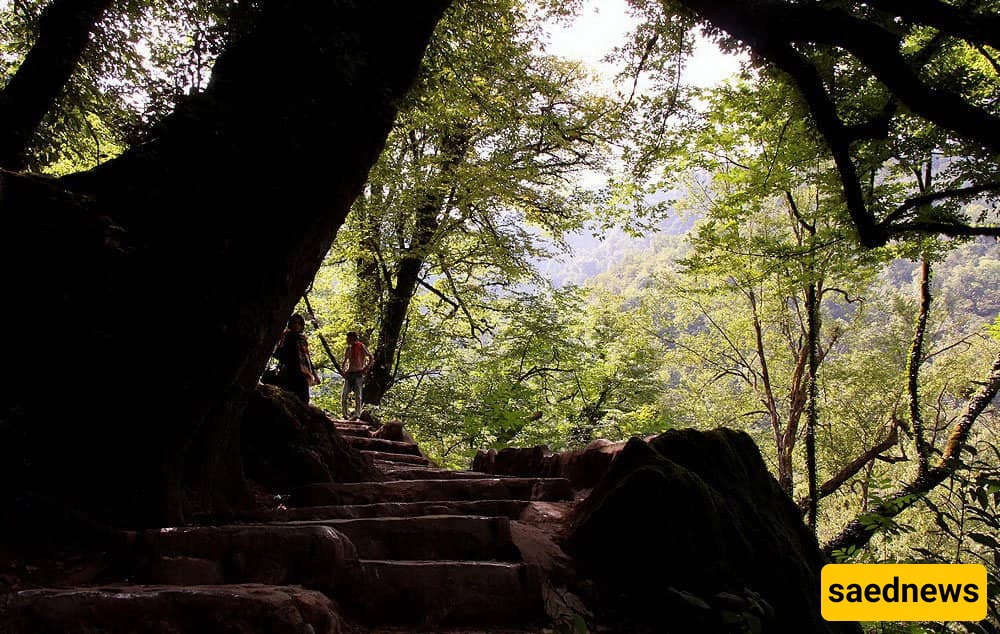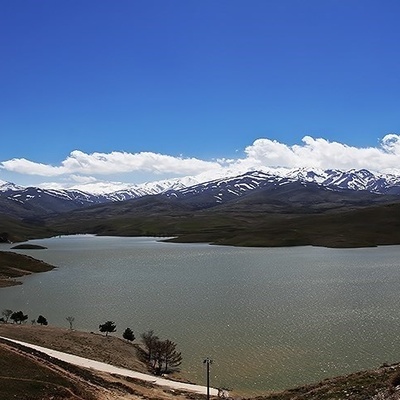SAEDNEWS: Hiding in the misty hills of northern Iran, Rudkhan Castle looks like something straight out of a fantasy movie — and the hike to reach it is just as magical.

Rudkhan Castle in Gilan is one of Iran’s most important historic castles; it sits in Fuman County amid dense forest trees. This strong, impregnable fortress has experienced many ups and downs throughout its history and is now one of Fuman’s key sights that draws many tourists.
Join Saed News on a trip through the lush region of Gilan and the picturesque town of Fuman so we can introduce this historic fortress to you in more detail.




Rudkhan Castle is one of the sights of Fuman in the lush, pleasant-climate province of Gilan. This picturesque fortress is located 20 kilometres southwest of Fuman near the village of Rudkhan, perched on the high wooded heights of the Heydaralat area and surrounded by dense forest. The castle’s elevation above sea level ranges from about 655 to 715 metres.

If you decide to travel from Fuman to Rudkhan Castle, the route takes you through the villages of Malskam and Seyyedabad; after travelling roughly 21 kilometres from Fuman you will reach the Rudkhan Castle parking area. From there a further 1.5 to 2 kilometres remain, which you must climb on foot using the installed stairways.
Travel times from major cities:
Distance from Tehran to Rudkhan Castle: 5 hours 30 minutes
Distance from Rasht to Rudkhan Castle: 1 hour 15 minutes
Distance from Masal to Rudkhan Castle: 1 hour 15 minutes
Distance from Masouleh to Rudkhan Castle: 1 hour 15 minutes
Distance from Fuman to Rudkhan Castle: 35 minutes
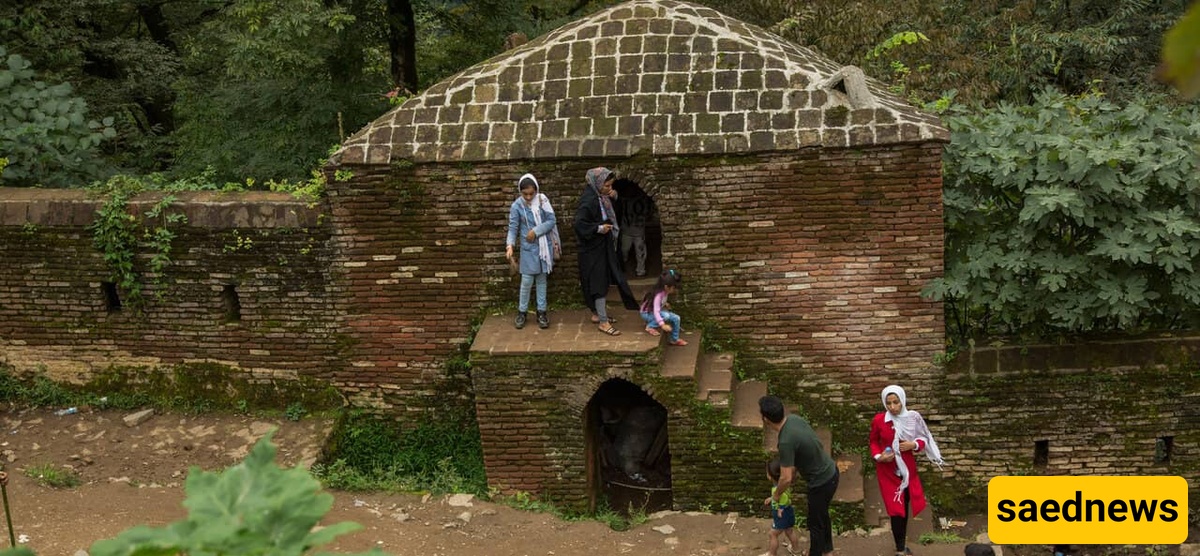
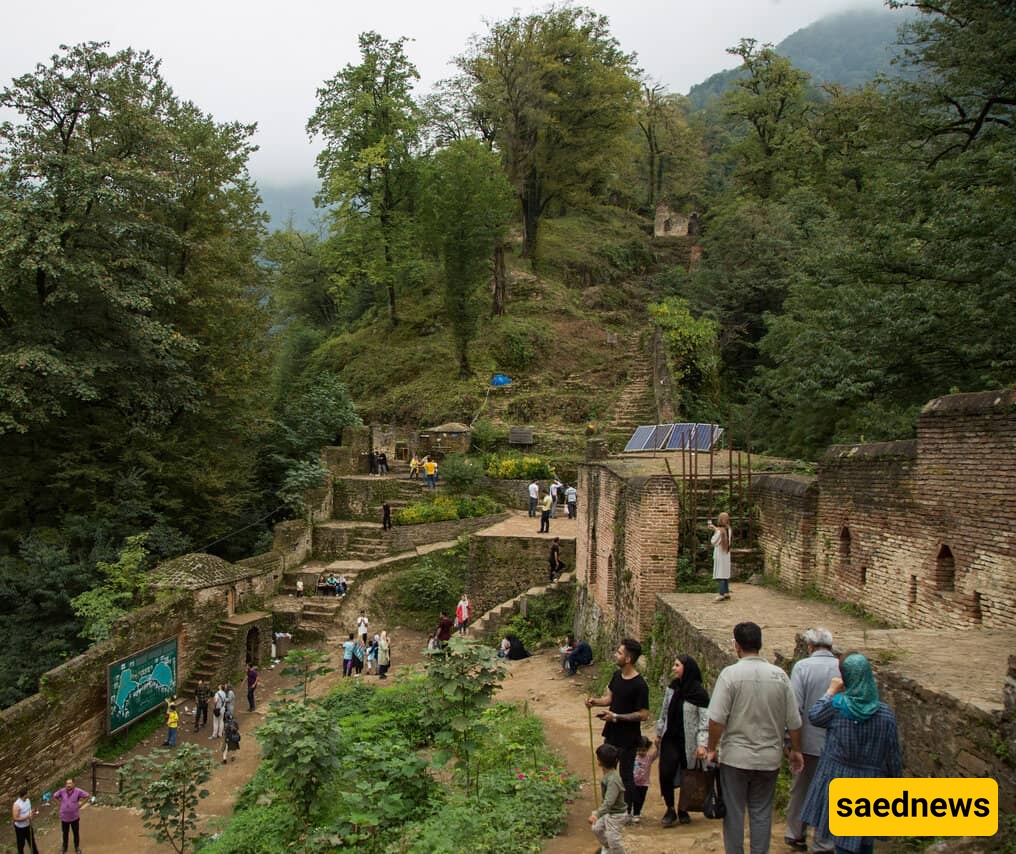
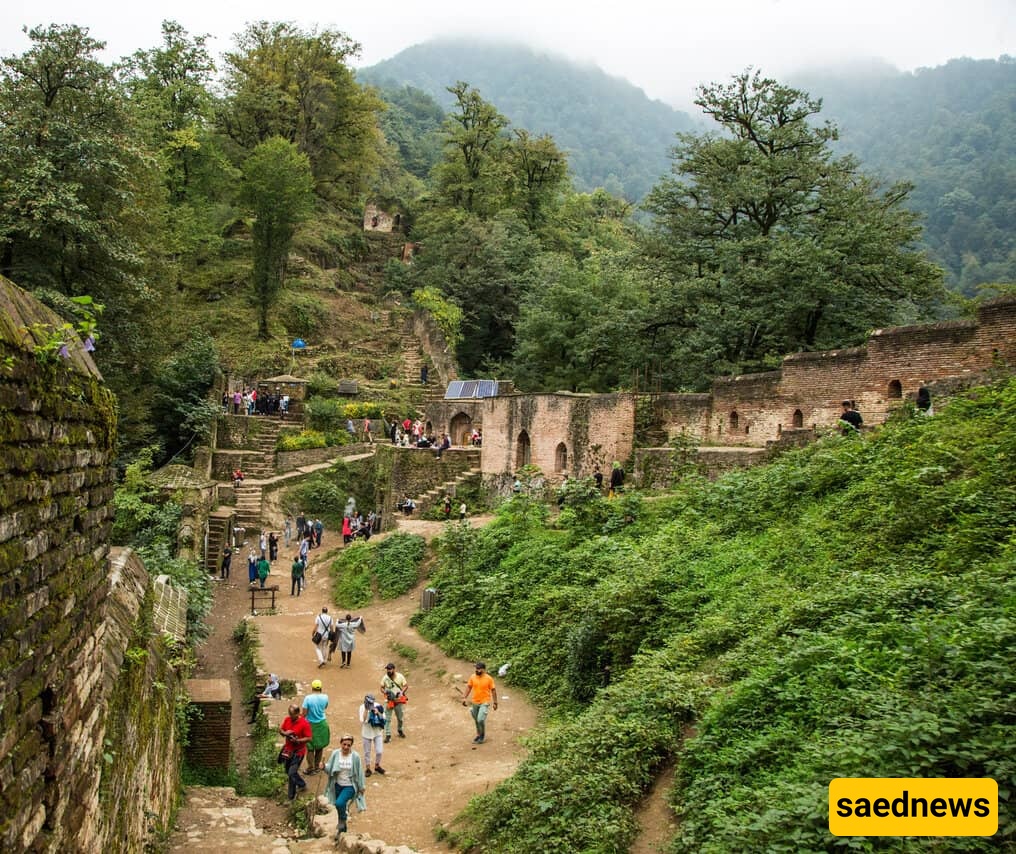
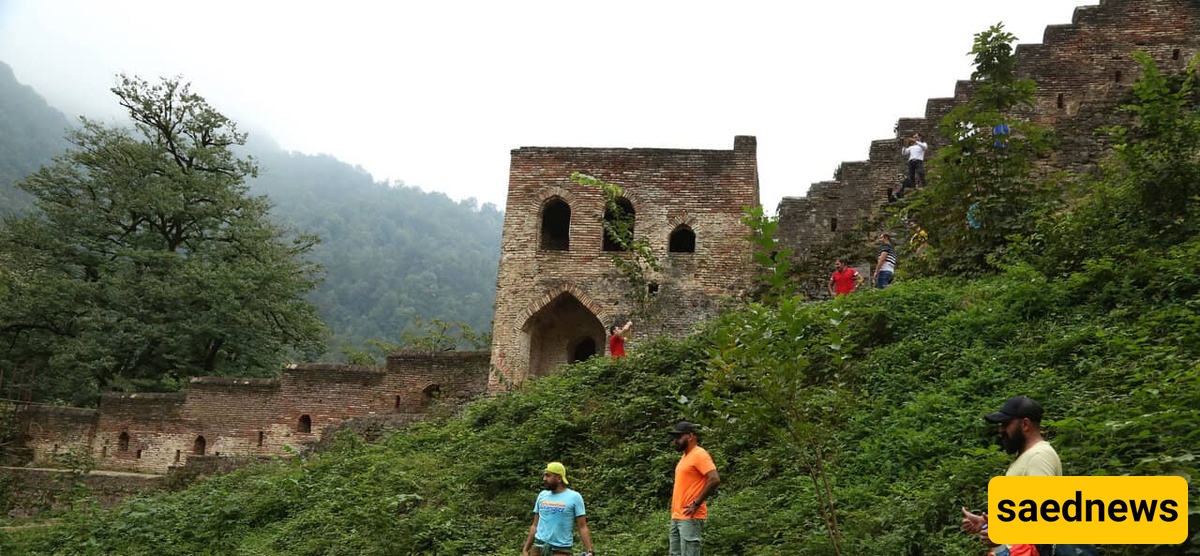
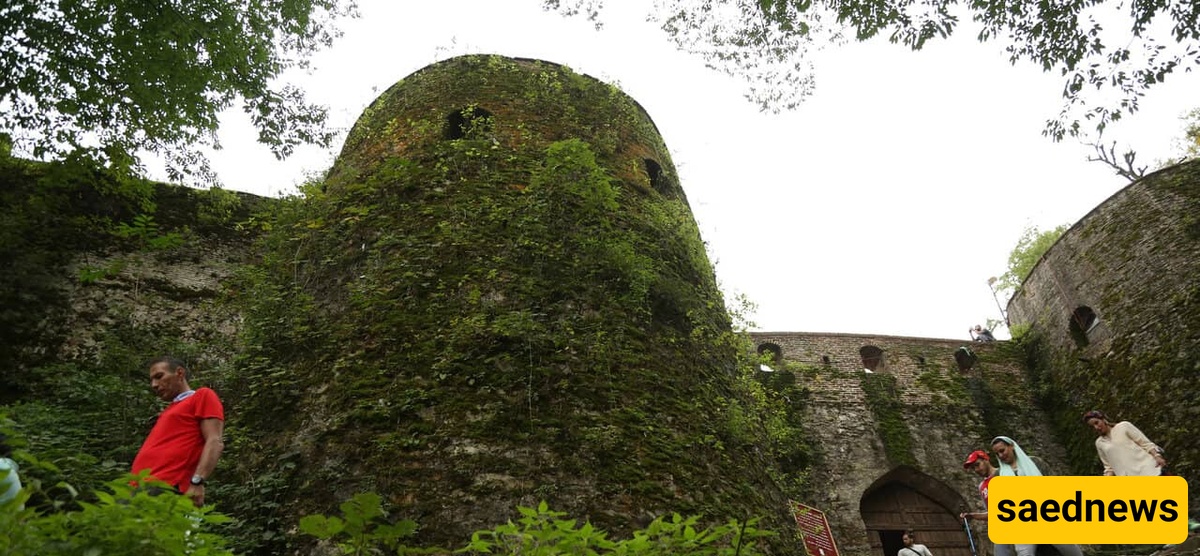
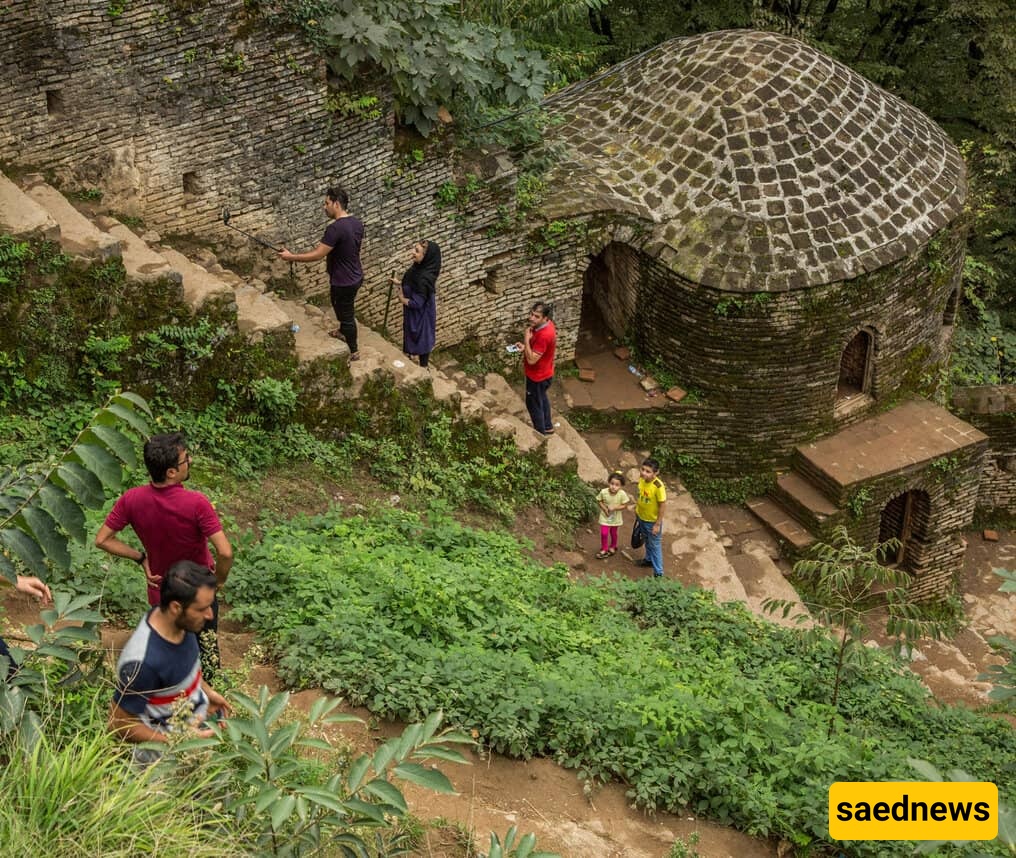
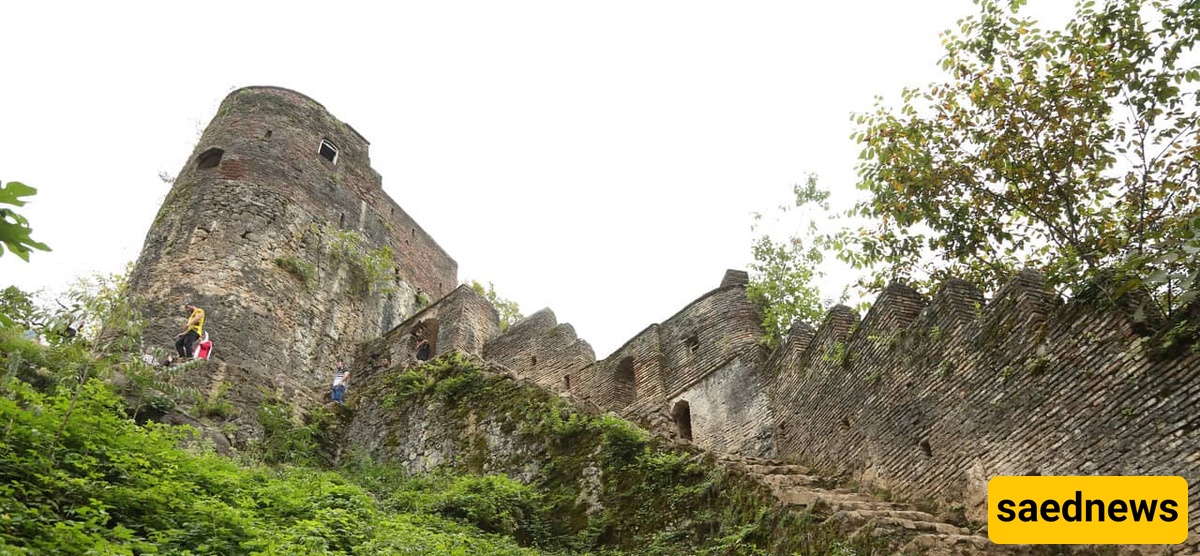

When the word “castle” is mentioned, people instinctively think of a spooky and mysterious place. Around castles, there are often strange and wondrous tales—perhaps because these stories relate to the structure and purpose of these sites: castles were built as strong fortresses for defense against enemy attacks and designed to be hard to capture. They are usually built on mountains and high places. Rudkhan Castle in Fuman is one of these fortifications, and because of these features, local people have believed that jinn and spirits haunt Rudkhan Castle. However, if you visit these seemingly eerie places and learn about their history and the lives once lived there, your opinion might change.

Near and to the right of the castle runs a river called Rokhoun (Rokhun), and for that reason the castle is called Rudkhan. Local people refer to it as Qaleh Rokhun and officially as Rudkhan Castle. It is worth noting that in the past Rudkhan Castle was known as Dezh Rudgan or Rogan — meaning “a fortress beside the river” — and over time the name changed to Rudkhan.
Also, because this castle is built on the ridge between two peaks of different heights, a large number of internal stairways were constructed to access different parts; for this reason the site is also known as the “Thousand-Step Castle.” Hassami, Saksar, Segsar and Segsal are among other names associated with this remarkable fortress.

Despite the grandeur of Rudkhan Castle, it remained unknown until about 1830 AD when Aleksander Borejko Chodźko, a Polish Iranologist, mentioned it in his writings. He wrote about Rudkhan Castle as follows:

“A fortress stands upon a mountain above a river of the same name; its roof is stone and the sides of the entrance are protected by two sturdy defensive towers. An inscription over the entrance gate records that this fortress was rebuilt for the first time in the years 918–921 AH for Sultan Hussam al-Din Amir Debaj ibn Amir Ala al-Din Ishaq.”
The inscription that Chodźko referred to was installed above the gateway and is the only historical document attesting to Rudkhan Castle; you can see this inscription at the Rassht Treasure Museum.

Regarding the castle’s age there are various opinions and it is still not definitively established which period it belongs to. Some believe the original structure dates back to the Sasanian era or the early Islamic period. It was repaired and reconstructed during the Seljuk era and was even a stronghold of the Ismailis. Rudkhan Castle served as a centre of power for many rulers of Gilan and Rasht and was used up until the Zand period; for example, Hedayat Khan, the ruler of Fuman, repaired the fortress in 1175 AH during his rebellion against Karim Khan.
Rudkhan Castle has roughly 1,600 steps that were newly built for tourists. The main stairways were unearthed during archaeological excavations along the walls and towers and number 935 steps; for this reason the place is known as the “Thousand-Step Castle.”
Because of the large number of steps, it is popularly called the Thousand-Step Castle.

Rudkhan Castle covers an area of 2.6 hectares and is about 500 metres long, with varying widths in places. The heights of its towers and battlements reach up to 1,500 metres [Note: original text likely means elevation or fortress extent]. The construction materials are brick and stone. The fortress is generally composed of two main parts: the citadel (arg) and the garrisons (qorkhaneh). The citadel contained the royal quarters and harem, while the garrisons housed military activities and the soldiers’ living quarters. The citadel, located on the western side, is two storeys high and built of brick; the guardhouses on the eastern side are also two storeys with numerous skylights and openings that overlook the surroundings.

Because the castle is built on two peaks it is divided into three sections: eastern, central and western.
Eastern section: This part, separated by a gate from the rest, is on a 670-metre hill and mainly has military structures including the entrance gate, a prison, an emergency exit, some residential units and two large towers.
Central section: The central part lies at the lowest level of the castle and contains the main gate.
Western section: The western part, built on a steep mountain slope, includes sections such as another entrance gate, a cistern, water outlets, a cold-storage chamber, the royal chamber and several residential units.
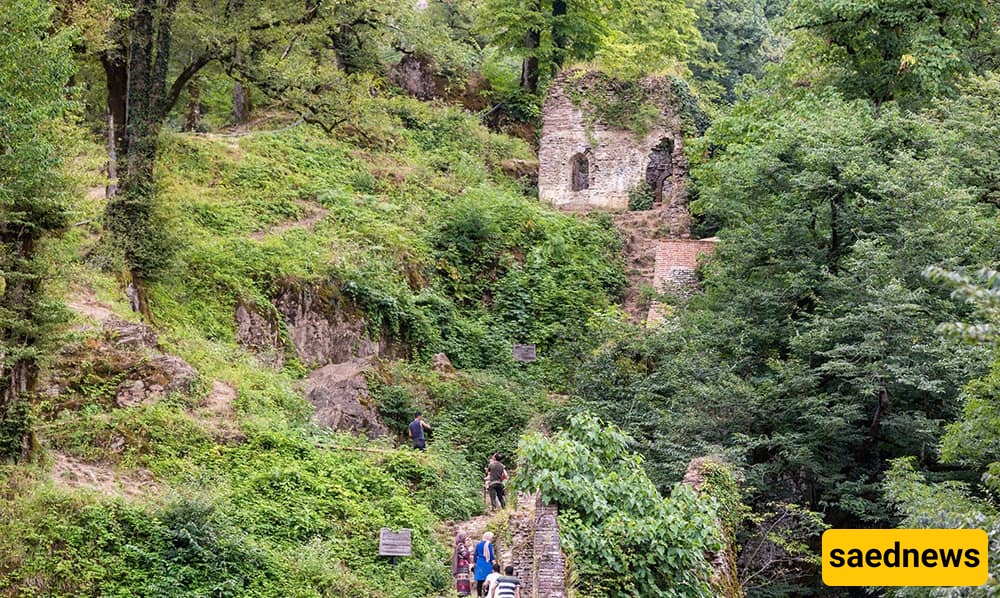
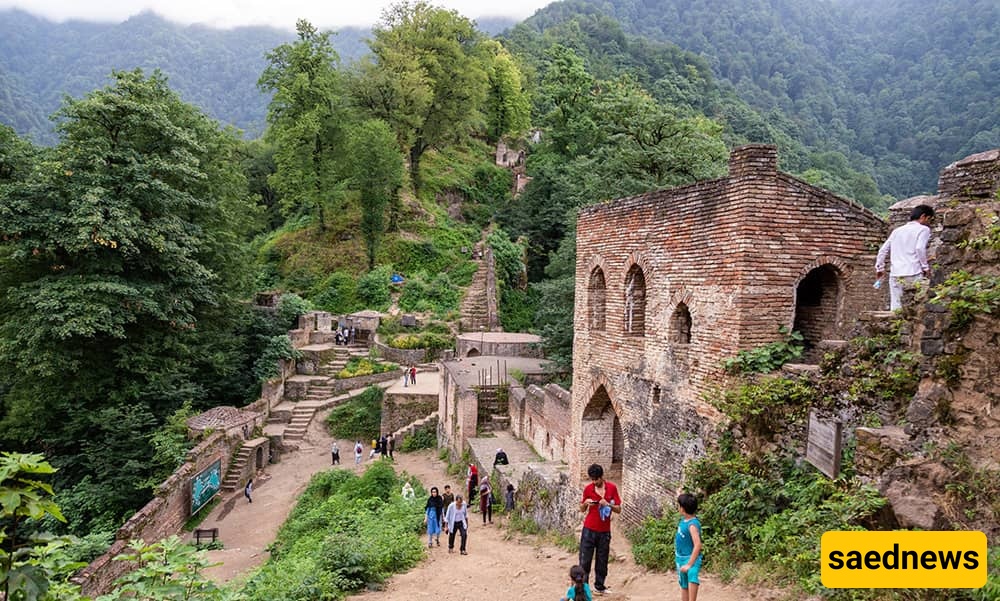
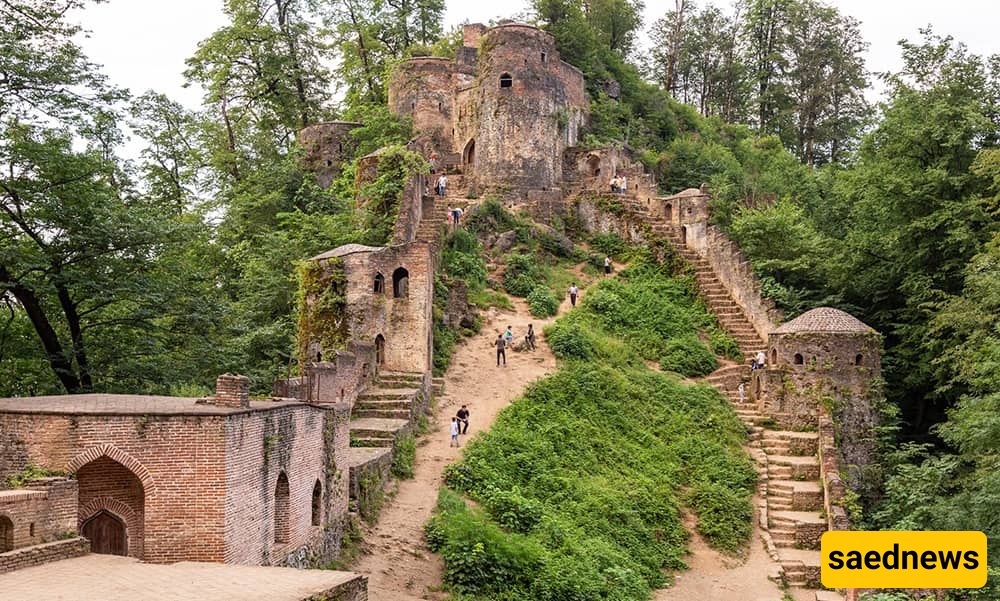
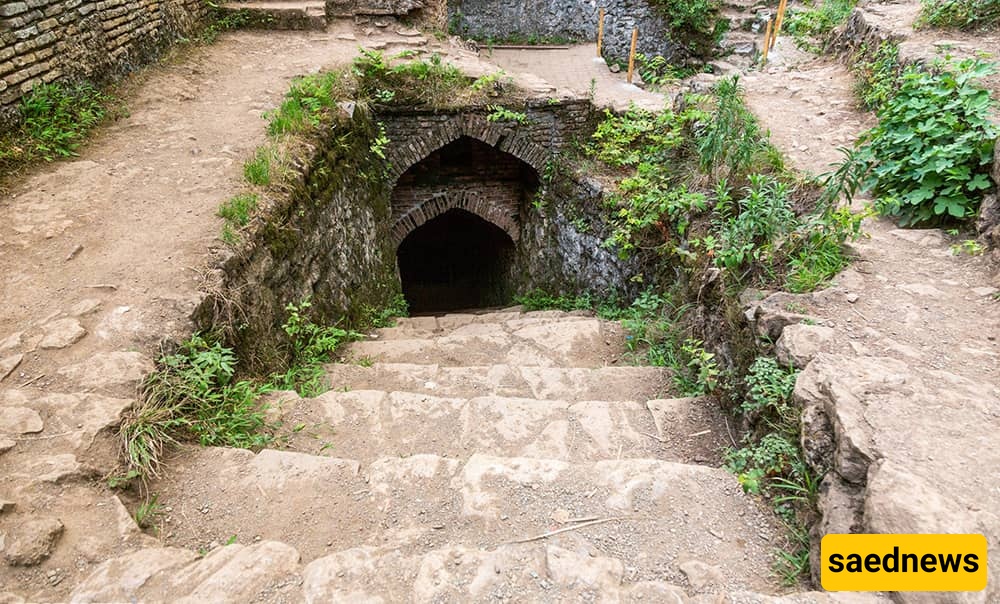

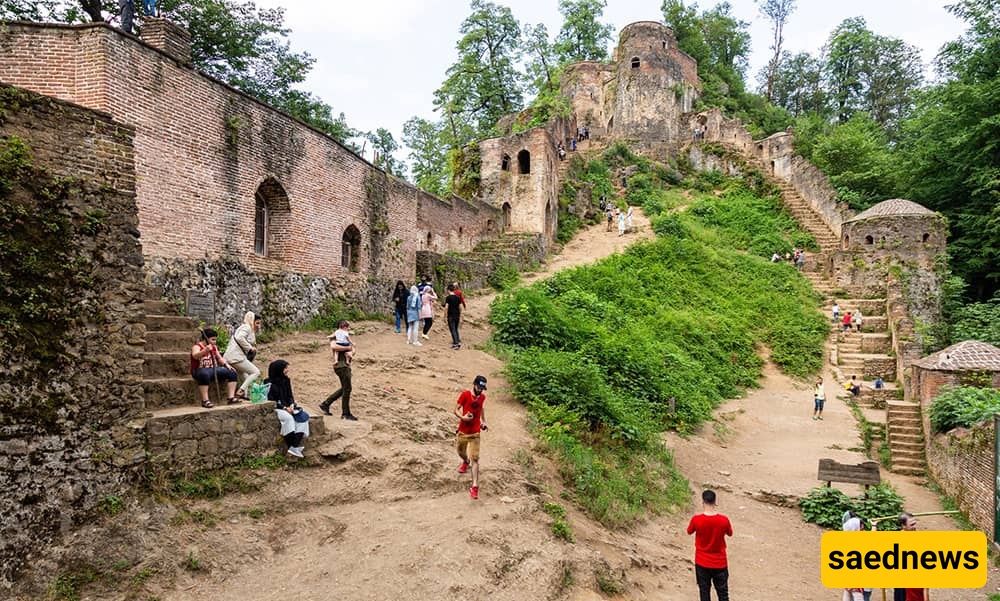

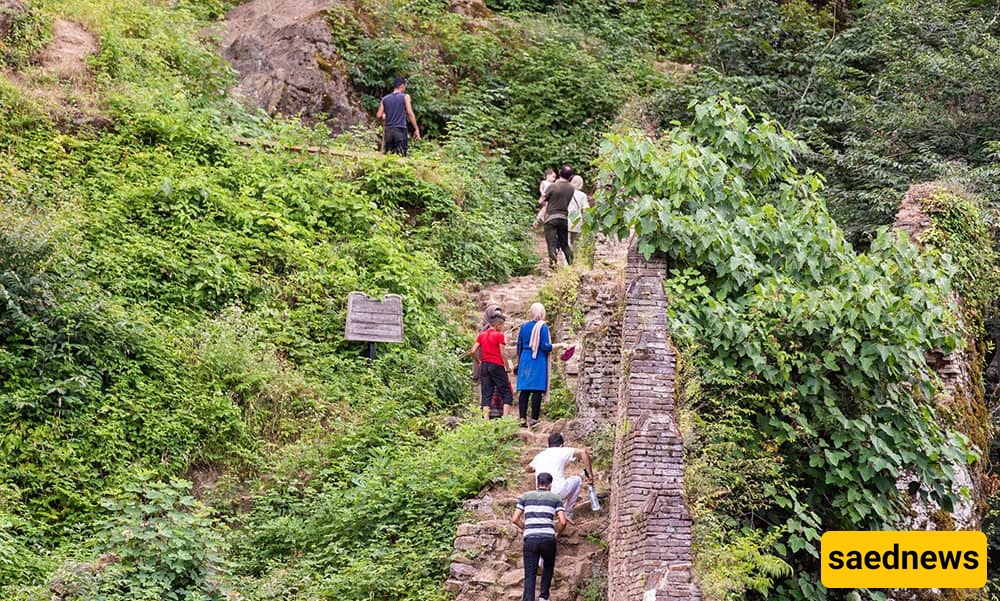
The main entrance to Rudkhan Castle is on the northern side flanked by two massive towers; the inscription that is now kept in the Rasht museum was once above this gate. Watchtowers surround the castle; these are solid at the bottom and hollow at the top, with octagonal rooms at their crowns covered by domed vaults. The walls and towers include angled loopholes used for pouring boiling substances and for shooting. Some towers are two-storey, with wooden roofs on several of them; inside these towers there are hearths and chimneys which helped house soldiers more comfortably during winter.

The most important building in the western part is the royal chamber located at the highest section of the castle and structurally different from the other parts. It has lower and upper sections and a terrace that offers a suitable vantage point to view the castle. Additionally, a spring that once supplied the fortress’s main water source (said to have been brought from the Zardkhuni highlands) used to be visible in its courtyard; after the 1990 Gilan earthquake the spring dried up but was later restored by the province’s Cultural Heritage Office.
At the northeast end of the castle there is a very beautiful two-storey building, and to its south stands a mountain containing a cave which local people say was formerly used by guards who would warn the fortress of approaching attacks. Although many parts of this beautiful castle — which was registered as a national historical site in 1975 — have been lost over time, it still remains one of the tourist attractions around Rasht.

Near the start of the ascent to Rudkhan Castle and a little beyond the parking area there is a bazaar that you will immediately see upon arrival; you might be reminded of Korean and Chinese marketplaces. For those who enjoy wandering and tasting local foods and delicacies, the Rudkhan Castle bazaar — known for its local sellers — is a good place. In this market you can also don colourful traditional Gilan costumes and capture joyful, lasting photos.
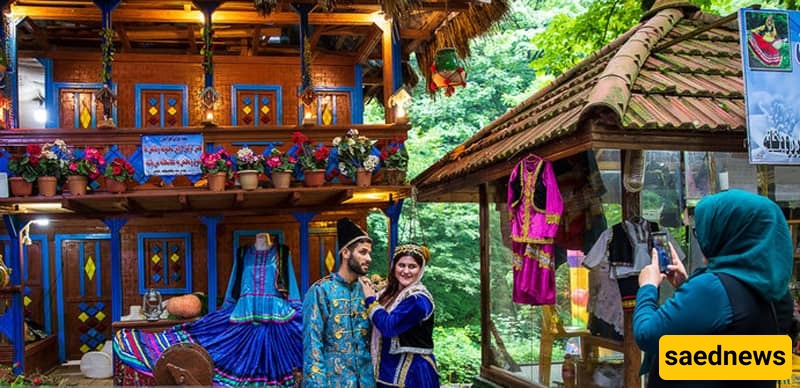
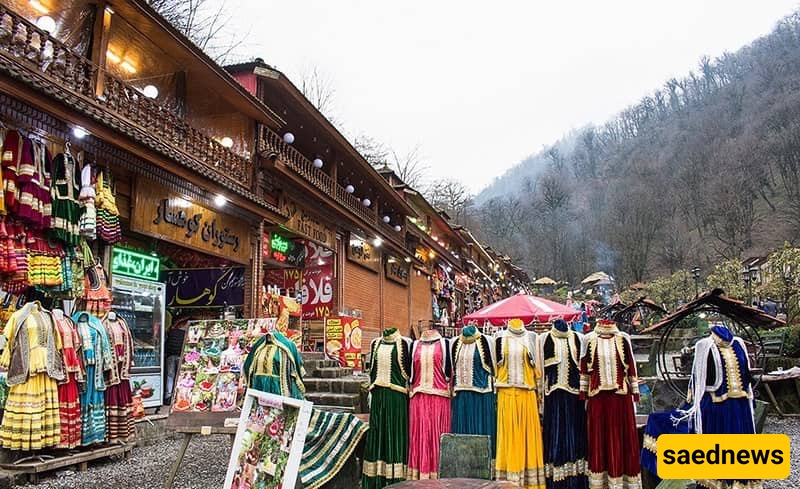
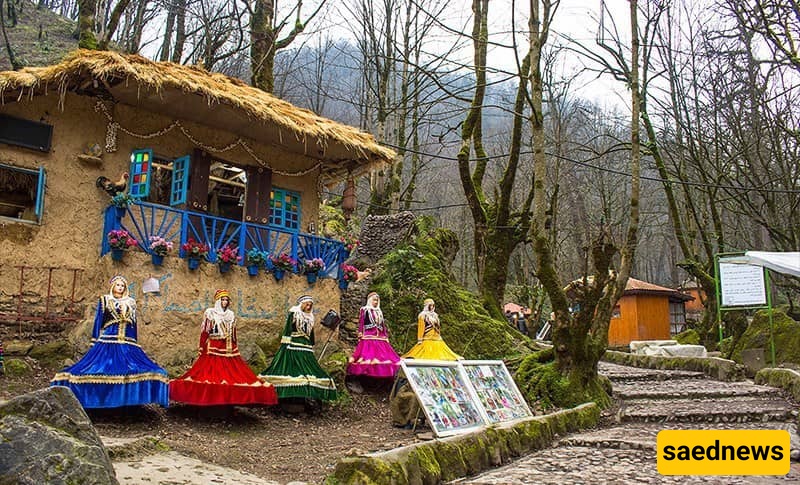
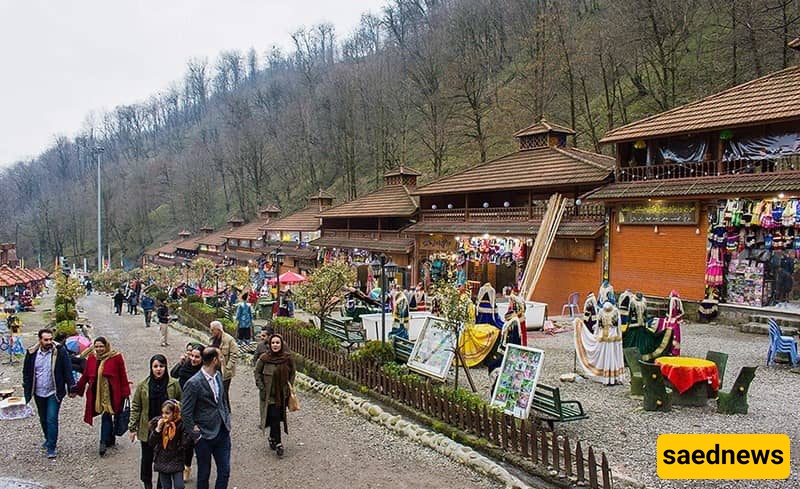
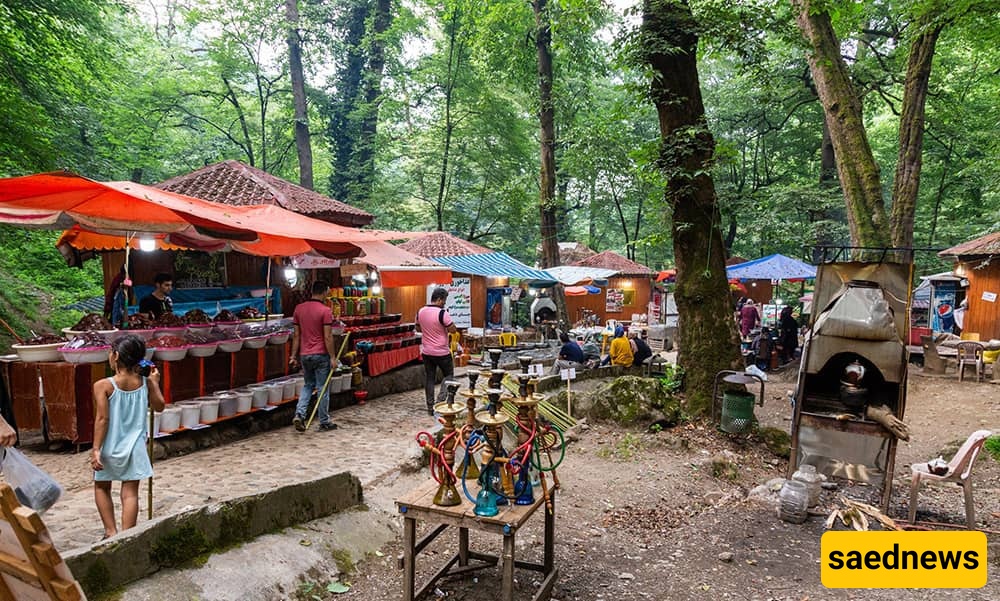
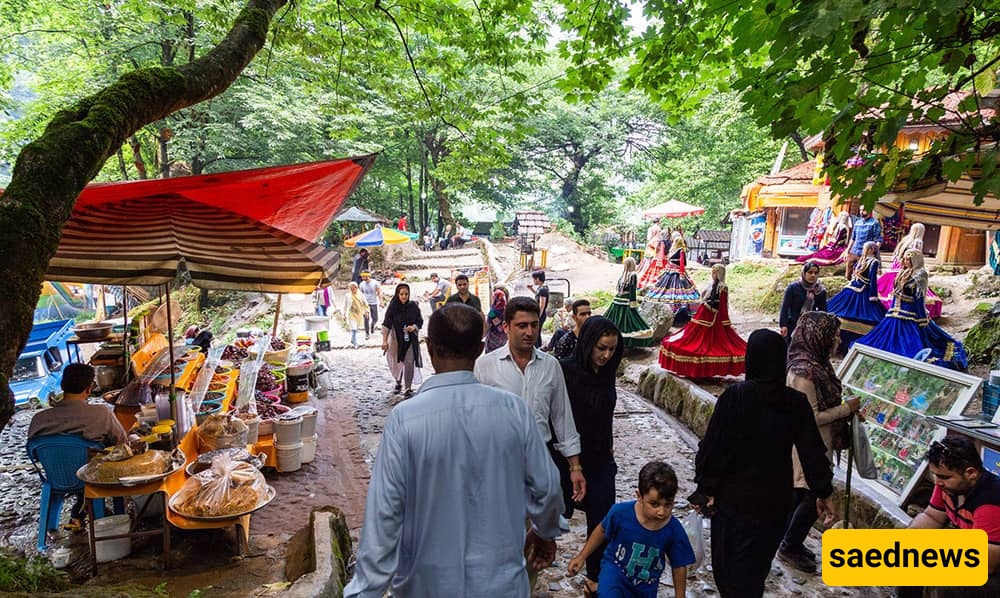
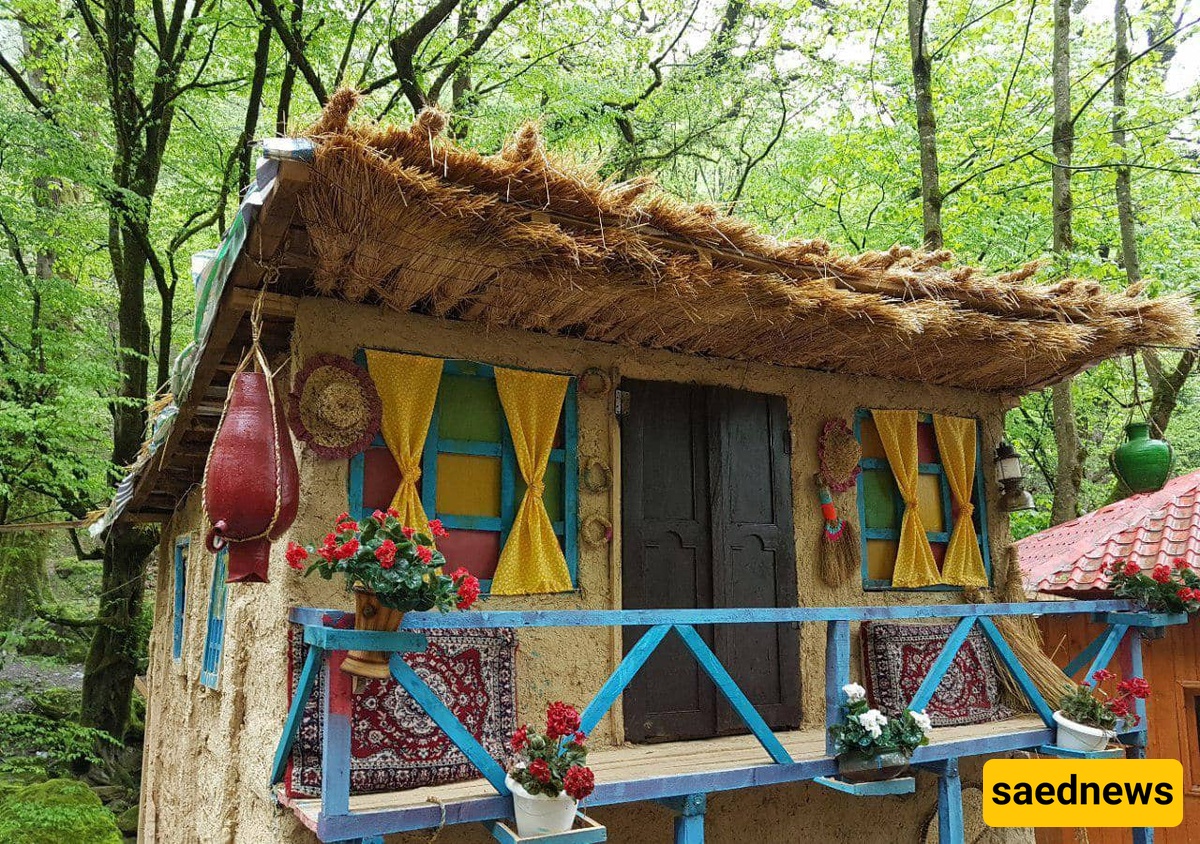
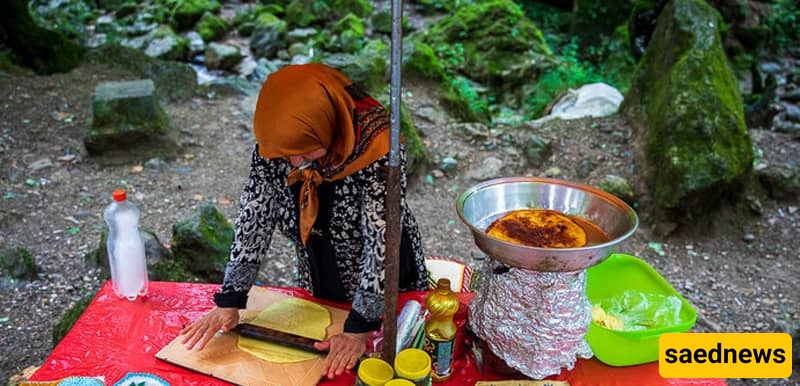

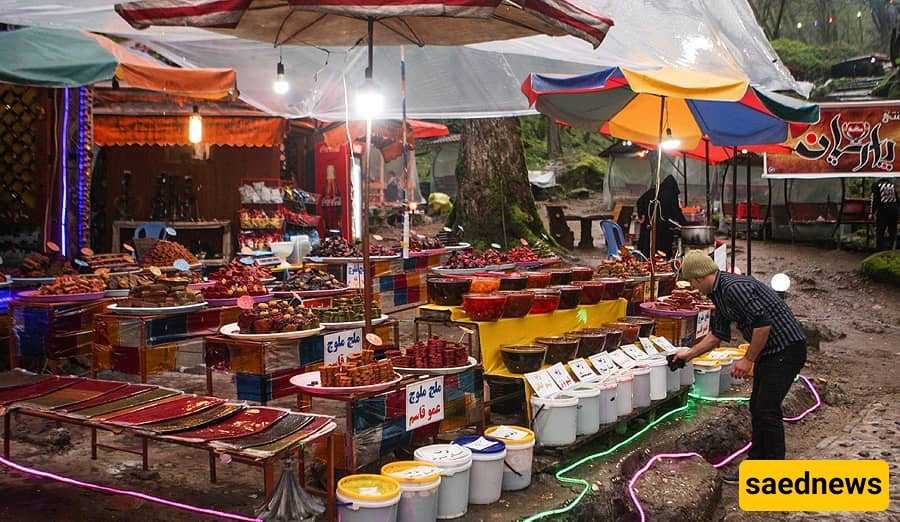
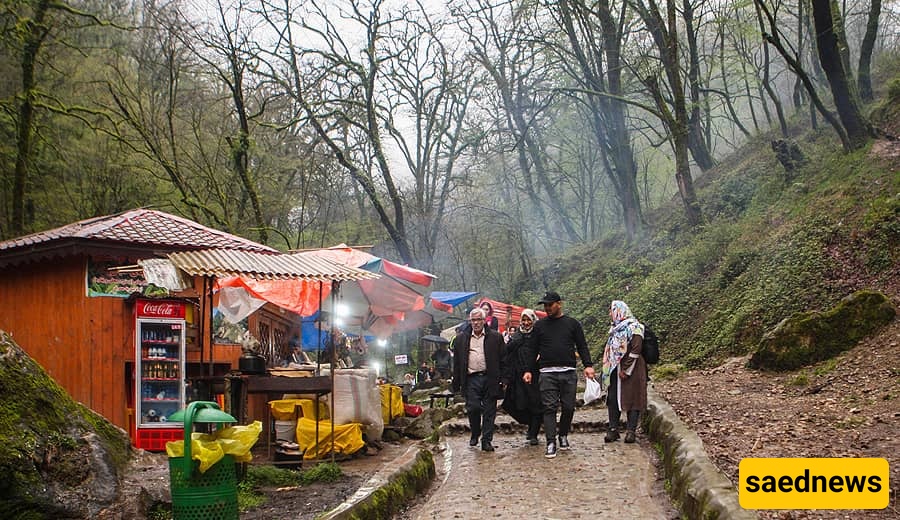
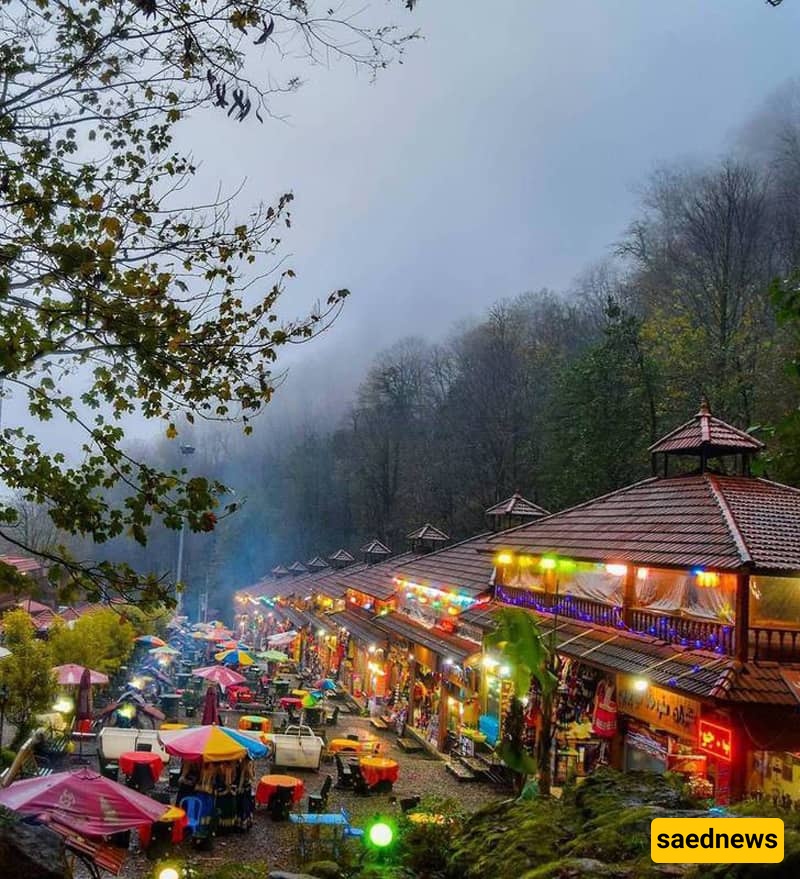
Rudkhan Castle in spring: In this season the greenness and freshness of the forest, the sound of the river and pleasant weather create a beautiful natural symphony that calls visitors; spring is the best time to visit this astonishing fortress.
Rudkhan Castle in summer: The castle receives many tourists in summer who come to escape the heat by plunging into Fuman’s forests and heading to the castle to travel into history — although the heat combined with the forest’s humidity in this season may be somewhat uncomfortable.
Rudkhan Castle in autumn: Rudkhan displays a captivating beauty in autumn. The colourful foliage gives the castle a spectacular setting and enhances its enchantment.
Rudkhan Castle in winter: In winter the castle has its own special charm. When covered with white, pearl-like snow it looks very picturesque, as if wearing a uniform white robe and entering a winter slumber.

However, bear in mind that during the cold seasons, given the region’s heavy rain and snowfall, accessing Rudkhan Castle is more difficult than in other seasons and may be unsuitable for everyone. Therefore, choose the timing of your visit to this magical fortress — one of Gilan’s most beautiful spots — in the order of spring, autumn and summer.
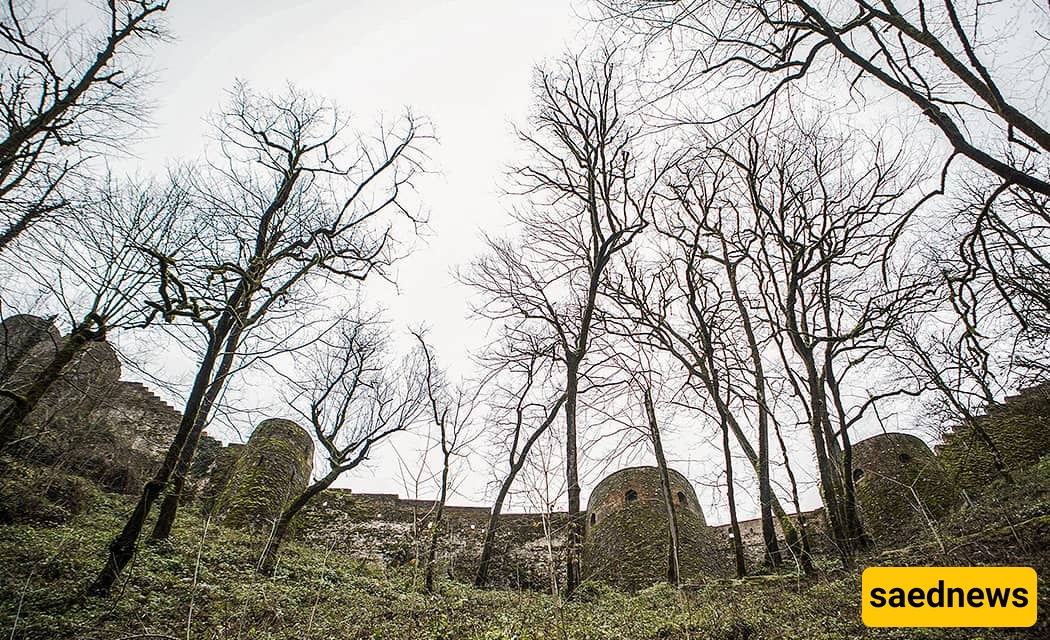
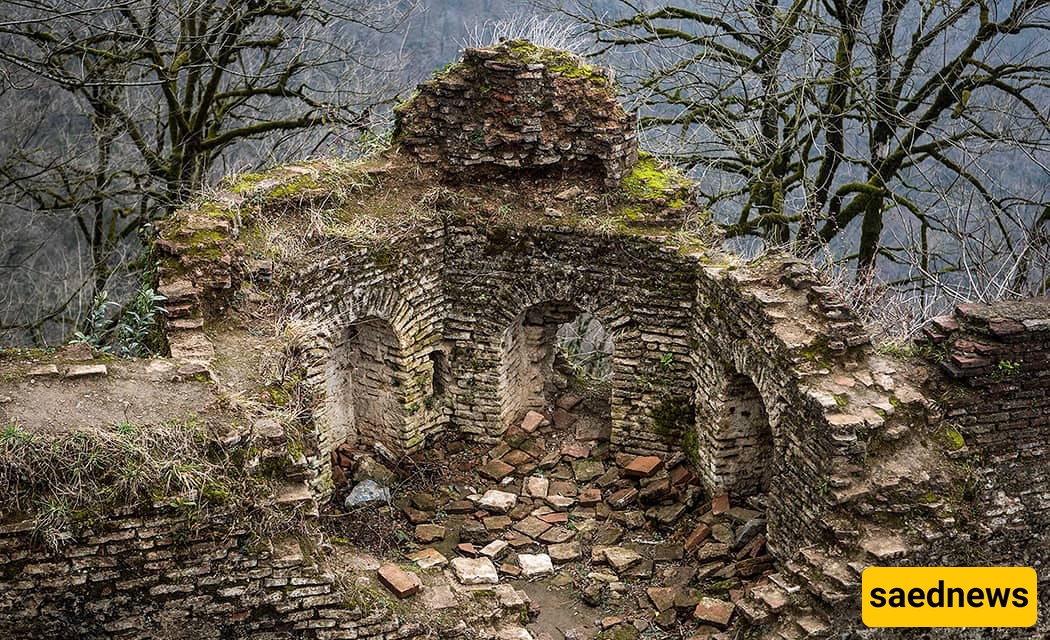


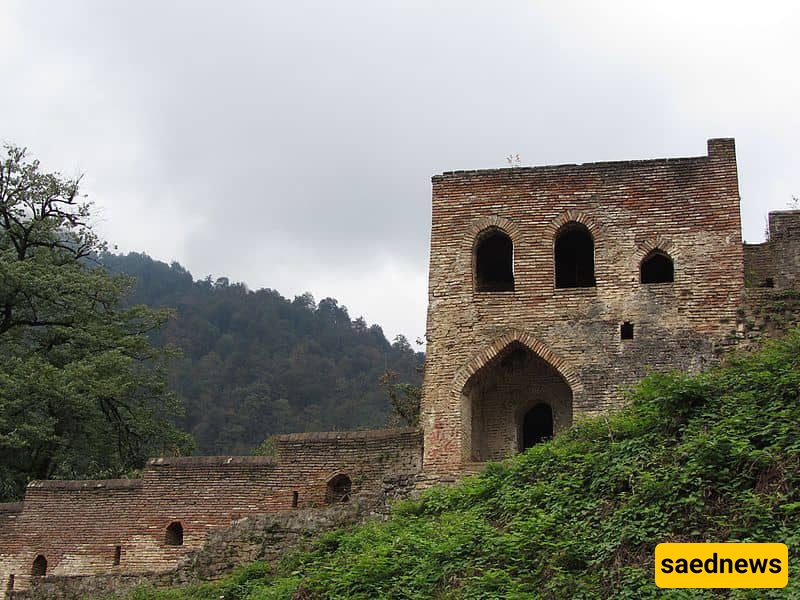
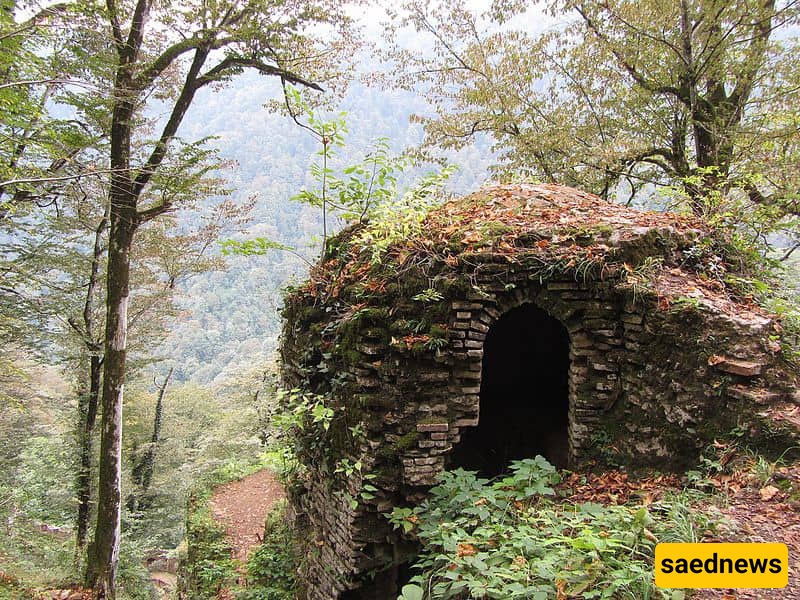
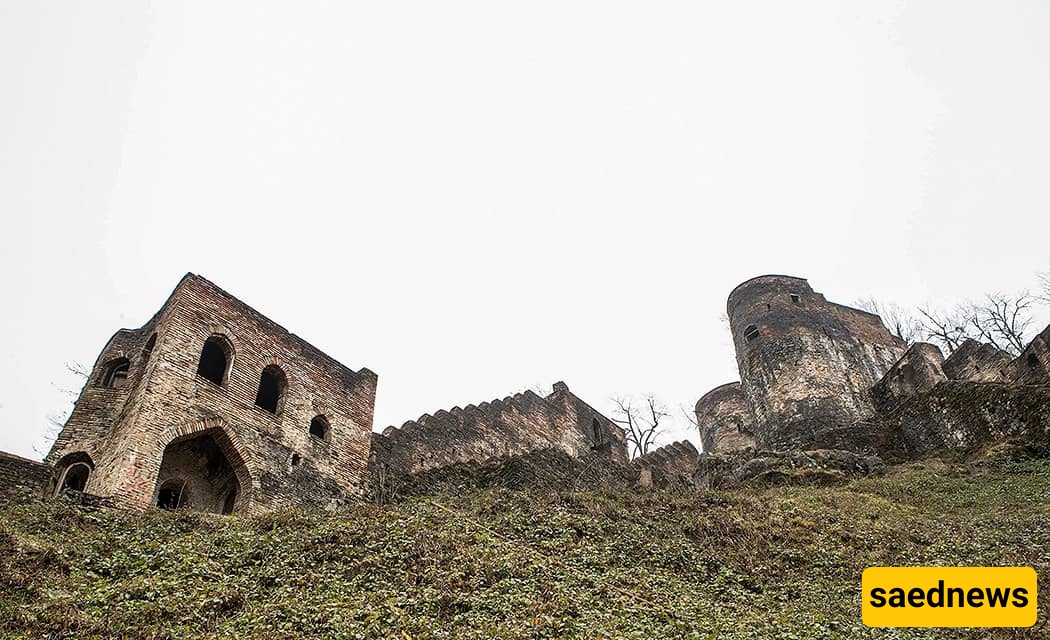
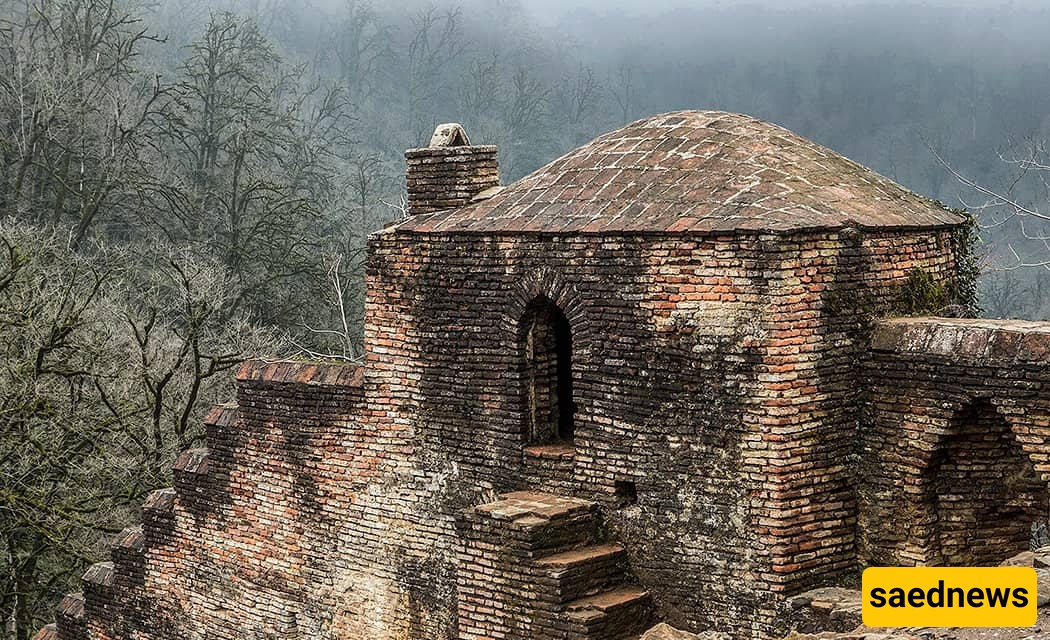
If you intend to travel to Rudkhan Castle and wish to spend the night in this dreamy location, you can stay in rental suites located at the foot of the castle that are available to tourists.
Pitching a tent and camping is another way to spend the night at Rudkhan Castle, providing great enjoyment and excitement — especially camping in a historic place in the heart of Fuman’s forests. Alternatively, you may stay at nearby accommodation such as eco-lodges, rented houses and villas or hotels in Fuman and the surrounding area.

Entrance ticket price to Rudkhan Castle (year 1404): 20,000 tomans
Visiting hours: First half of the year: 08:00–18:00 | Second half of the year: 08:00–16:00

Rudkhan Castle is located in the heart of the forest and to reach it you must climb many steps; so prepare yourself for a stair-climb:
Wear appropriate footwear during your visit to Rudkhan Castle so you won’t become tired while climbing; the total round-trip time is close to three hours.
Do not carry unnecessary items. The only things you need while climbing are personal items such as a camera and drinking water. A walking stick or trekking pole will help on the steps. If you are visiting during the rainy season, bring a rain poncho so you won’t get soaked.
Carry cash because the castle’s entrance kiosk might not have a card reader or it may be out of order — after making the long climb, being barred from entry would be unpleasant. So have at least enough cash in your pocket to cover the entrance fee.
Climbing the many stairs at Rudkhan Castle may be difficult for elderly people, children and those who are not physically fit or who have cardiovascular conditions. Keep this in mind when choosing your companions for the trip.
If you want to save on expenses, take suitable snacks and meals with you, because you might find the restaurants at the foot of the castle charged at prices you did not expect.
